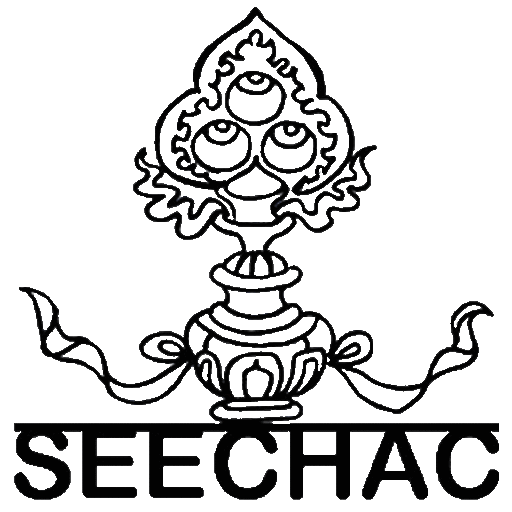Mardi 18 février 2014 :
Michael Hutt, SOAS Londres
In his seminal book Literature, Popular Culture and Society, Leo Lowenthal argues that studies of the representation of society, state, or economy in the literature of a particular country or time contribute to our knowledge of ‘the kind of perception which a specific social group–writers–has of specific social phenomena’ and therefore to our knowledge of the ‘history and sociology of shared consciousness’ (1961: 143). This discussion will focus on five Nepali novels published between 2005 and 2010, i.e. during the final months of the internal conflict between the CPN (Maoist) and the monarchical state, and the period of political transition that followed. The novels were selected mainly because they have been widely read and discussed, at least in Kathmandu, and can therefore be seen as possessing sociological as well as purely literary significance. Three of them (Narayan Wagle’s Palpasa Café, Narayan Dhakal’s Pretakalpa, and Krishna Dharabasi’s Radha) won one or other of the two major Nepali literary prizes awarded each year, and the other two (Yug Pathak’s Urgenko Ghoda and Buddhisagar Chapagain’s Karnali Blues) have achieved a high public profile.
The paper will summarise the content of these novels and provide some translated extracts. It will then analyse and discuss them, with a particular focus on (a) Dhakal’s, Dharabasi’s, and Pathak’s use of the past (b) the influence of the Maoist insurgency and the imprint of Maoist ideology (c) the location of each novel’s central protagonist in relation to urban metropolitan perspectives and (d) implied and actual readerships. The paper will explore the sociological significance of the commercial success of several of these books in light of the increasingly close relationship between Nepali literature and the Nepali print media. Finally, it will ask whether the expansion of the readership for Nepali novels in recent years is a sign that the Nepali novel is now breaking out of the narrow elite sphere of ‘art literature’ and becoming a part of what Ashish Nandy calls ‘the popular’.

